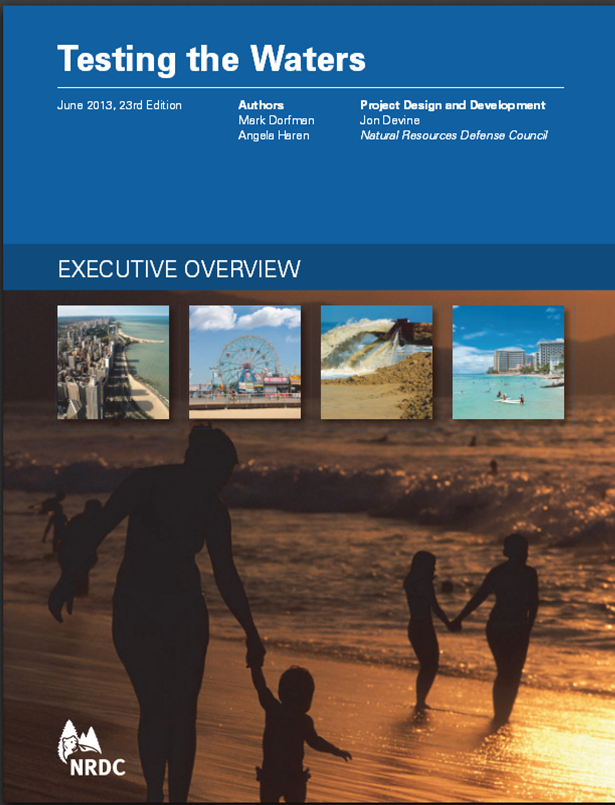Insurance Department Recovers $6 Million for Policyholders, Taxpayers in 2015; Recoveries, Fines Both At 4-Year Low
/The Connecticut Insurance Department recovered approximately $6 million for policyholders and taxpayers in 2015, helping individuals and families with their claims and complaints. The total dollar amount of the recoveries declined for the third consecutive year, down from a high of $8.7 million in 2012, $7.4 million in 2013 and $6.3 million in 2014.
Officials indicated that the Department’s Consumer Affairs Unit (CAU) fielded more than 6,100 complaints and inquiries and helped policyholders recoup more than $4 million from January 1 to December 31, 2015. The number of complaints and inquiries dropped slightly from the previous year, when 6,500 were handled, recouping $4.3 million for policy owners. In 2013, policyholders saw $4.7 million returned. In 2012, the numbers were virtually identical to 2015.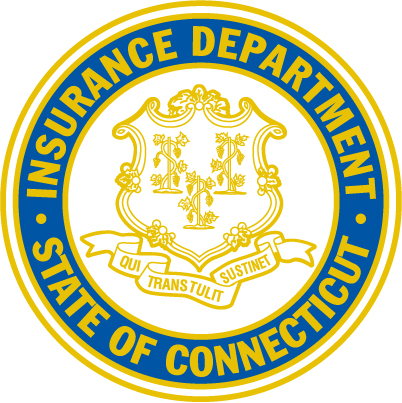
“Behind these statistics are the individuals and families the Department was able to help through our intervention,” Commissioner Katharine L. Wade said. “In many cases we were able to make a real difference in their lives and I encourage anyone with questions or concerns about their insurance to contact the Department. We are here to help consumers.”
The department, in announcing the annual totals for 2015, also highlighted some individual recoveries, including:
- $27,000 for home health care services for a senior citizen under her long-term care policy
- $13,000 to pay for speech therapy for an autistic child
- $16,000 paid to a policyholder for an inpatient stay at a skilled nursing facility

- $37,000 in an additional payment to a homeowner to settle a claim
“Our staff makes certain that companies and agents comply with all state insurance laws and regulation and have extensive knowledge to answer a wide range of insurance questions,” the Commissioner said.
In addition to recoveries for policyholders, the Department’s Market Conduct division levied approximately $1.7 million in fines against carriers and returned that money to the state General Fund in 2015. The fines resulted from a variety of violations and settlements ranging from untimely claim payments to improper licensing. That was the lowest total for fines in recent years, perhaps signifying greater compliance. In 2014, fines totaled $2.03 million, in 2013 the total was $2.7 million and in 2012 fines levied totaled $4.6 million.
The majority of the funds recovered for policyholders stemmed from complaints over health, accident, homeowners and life and annuities policies.
The following is the breakdown of funds recovered in 2015:
- Accident, Health - $2.7 million, compared with $2.5 million in 2014
- Auto - $430,000, compared with $381,000 in 2014
- General Liability - $17,200, compared with $65,000 in 2014
- Homeowners - $530,000, compared with $65,000 in 2014
- Life, Annuities - $294,000, compared with $330,000 in 2014
Recoveries in 2013 were largely focused on homeowners, as a result of Superstorm Sandy-related claims. Department recoveries in 2012 reflect the impact of claims from 2011 Storm Irene and the late October snow-filled Nor’easter that landed in Connecticut.
The Department calculates its consumer recoveries based on what the policyholder received as a result of the Department’s intervention. The inquiries and complaints also help the Department identify industry trends that may adversely affect consumers and trigger investigation by the Market Conduct division, officials said.
In addition, complaint data also help determine topics for consumer education and serve as tools to help the Department monitor the industry. The Market Conduct enforcement actions are posted on the Department’s web site at www.ct.gov/cid



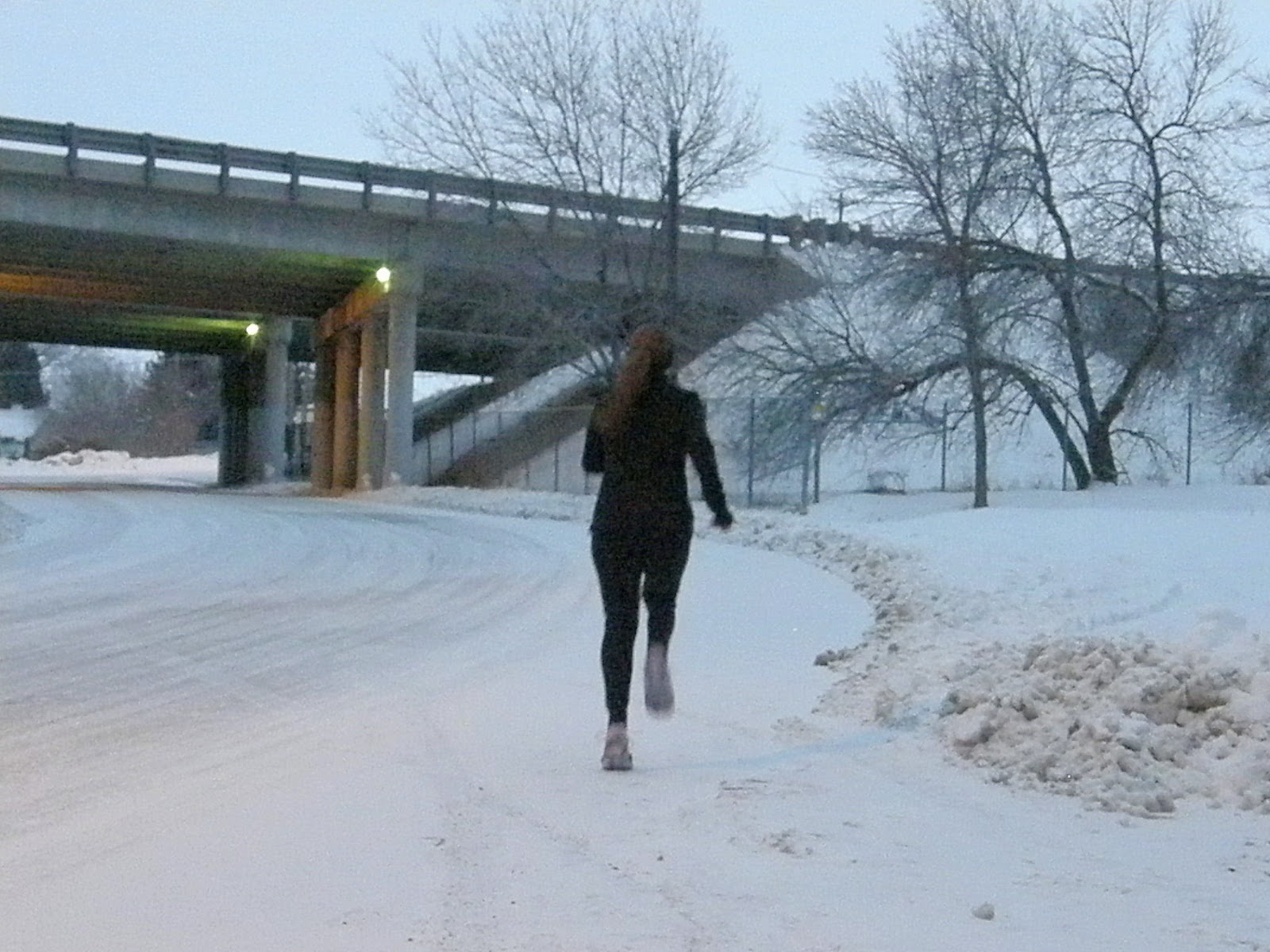 Officials at Waterford’s Crystal Mall indicate that their mall walking program is year-round, and has been running for over 10 years. They have approximately 20 regular participants, and doors open for the program at 8 a.m. Monday through Saturday and 10 a.m. on Sundays. Advance sign-up is required, and people who are interested can easily sign up at Guest Services or the mall office during regular shopping hours.
Officials at Waterford’s Crystal Mall indicate that their mall walking program is year-round, and has been running for over 10 years. They have approximately 20 regular participants, and doors open for the program at 8 a.m. Monday through Saturday and 10 a.m. on Sundays. Advance sign-up is required, and people who are interested can easily sign up at Guest Services or the mall office during regular shopping hours.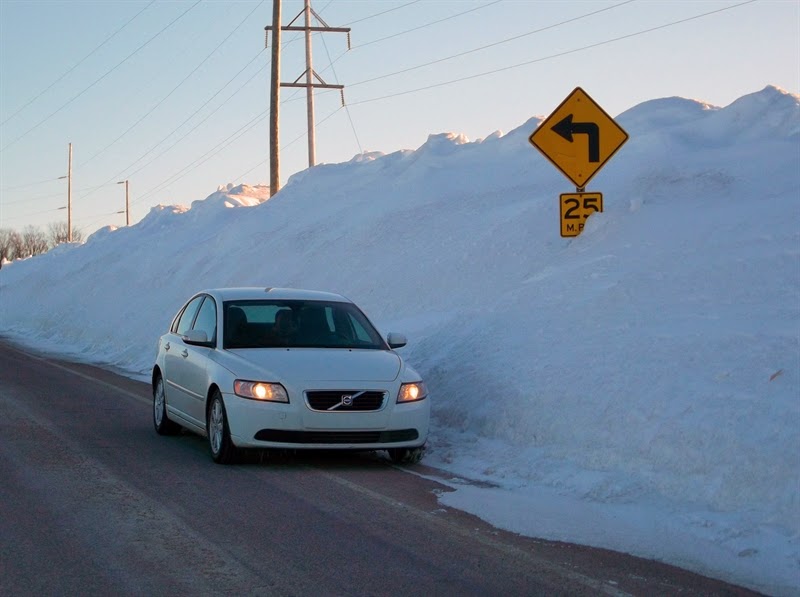
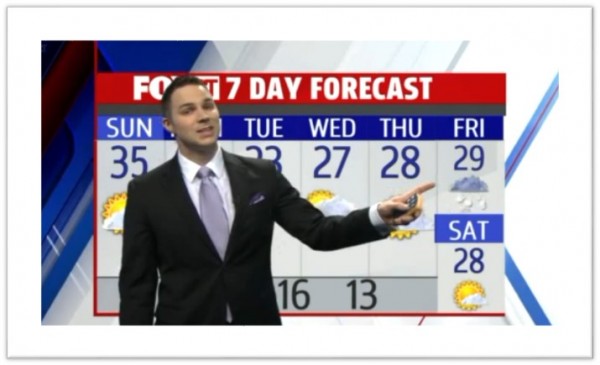 Western Connecticut State University has the state's only meteorology program, which was run for many years by WTNH-TV meteorologist Dr. Mel Goldstein. The WCSU website is chock full of
Western Connecticut State University has the state's only meteorology program, which was run for many years by WTNH-TV meteorologist Dr. Mel Goldstein. The WCSU website is chock full of 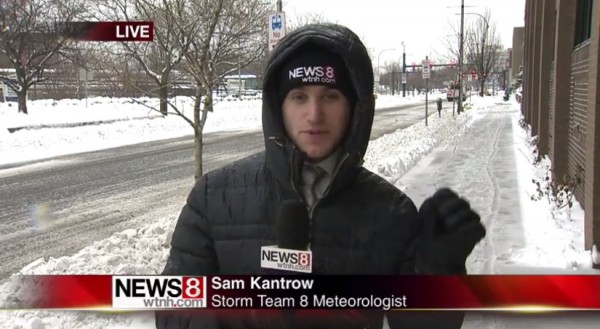
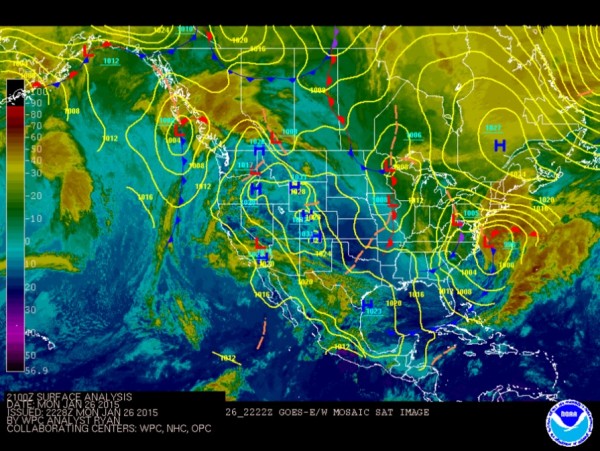 . Students in the bachelor's program earn credits while performing TV/radio weathercasts or doing real-time forecasting for clients in the university's on-campus Weather Center, according to the WCSU website.
. Students in the bachelor's program earn credits while performing TV/radio weathercasts or doing real-time forecasting for clients in the university's on-campus Weather Center, according to the WCSU website.
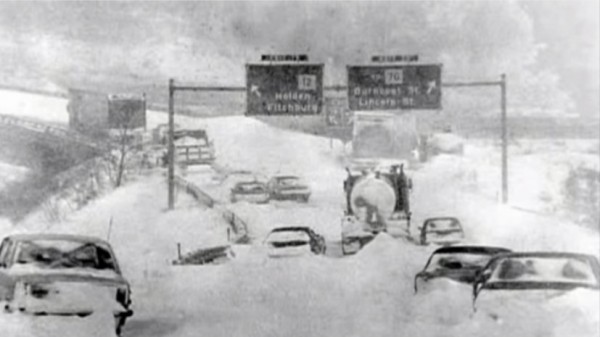 The website recalls that “in Connecticut, Governor Ella Grasso was trying to drive from the Governor’s Mansion to the state storm center in downtown H
The website recalls that “in Connecticut, Governor Ella Grasso was trying to drive from the Governor’s Mansion to the state storm center in downtown H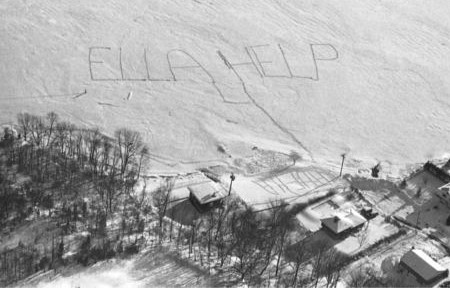 artford. She didn’t quite make it. Forced to abandon her car and walk the remaining blocks to the state armory, Grasso was not slow in taking the storm seriously. Thanks to (Massachusetts Governor Michael) Dukakis and Grasso, both state and National Guard troops would soon be on their way.”
artford. She didn’t quite make it. Forced to abandon her car and walk the remaining blocks to the state armory, Grasso was not slow in taking the storm seriously. Thanks to (Massachusetts Governor Michael) Dukakis and Grasso, both state and National Guard troops would soon be on their way.”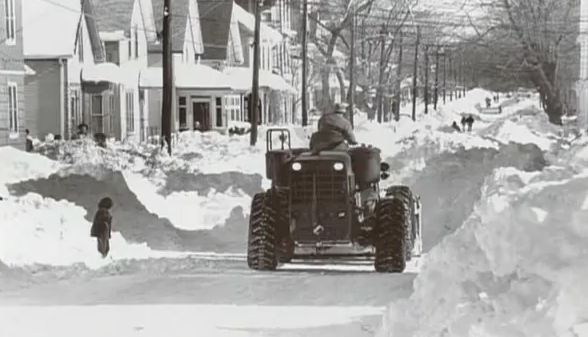
![5th-tristate-weather-conference-final[1]](http://static1.squarespace.com/static/5c981f3d0fb4450001fdde5d/5c9d7eea87da80ed9fa8b24c/5c9d80f187da80ed9fa935fd/1553826033515/5th-tristate-weather-conference-final1.jpg?format=original)
 Connecticut First Alert Weather Team in December 2005 and currently serves as the weekend evening meteorologist and as a general assignment reporter on weekdays. His
Connecticut First Alert Weather Team in December 2005 and currently serves as the weekend evening meteorologist and as a general assignment reporter on weekdays. His 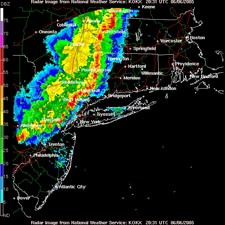 Dr. Jason Tuelll, Director, Eastern Region NWS, Bohemia, NY
Dr. Jason Tuelll, Director, Eastern Region NWS, Bohemia, NY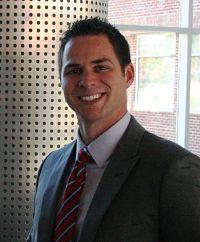
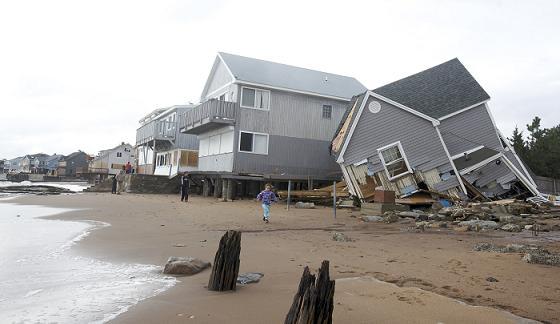 Half of the 15 costliest catastrophes since 1970 have occurred in the past 10 years. The analysis methodology, going back to 1970, reviewed loss including property and business interruption, excluding liability and life insurance losses. It was released this week by
Half of the 15 costliest catastrophes since 1970 have occurred in the past 10 years. The analysis methodology, going back to 1970, reviewed loss including property and business interruption, excluding liability and life insurance losses. It was released this week by 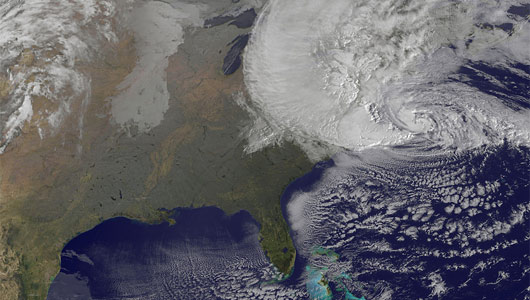 ter and the Pentagon on September 11, 2001, with insured losses of $25.6 billion.
ter and the Pentagon on September 11, 2001, with insured losses of $25.6 billion. , based on a nationwide map developed using county-by-county data, is to be believed.
, based on a nationwide map developed using county-by-county data, is to be believed.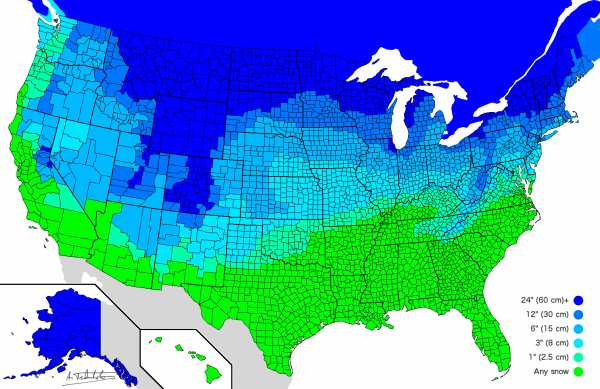

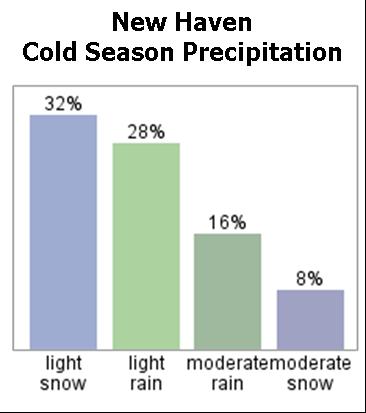 temperature drops below freezing, according to a report published in
temperature drops below freezing, according to a report published in 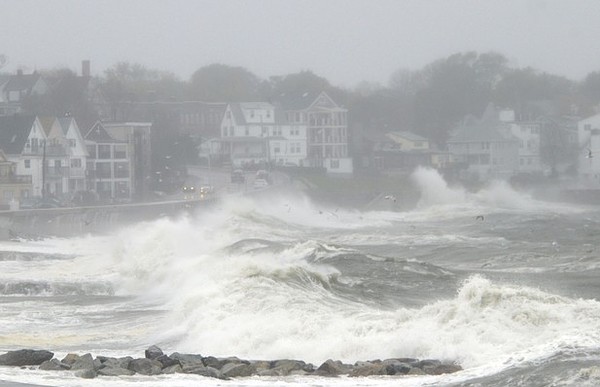 That would mean that by the middle of this century, the one-in-10 year flood level at Atlantic City, for example, would exceed any flood level seen previously, including the natural disaster that was Superstorm Sandy. The scientists suggest, based on their research, that “planners should account for rising sea levels,” noting that “where the consequences of flooding are high, prudent planning requires consideration of high-end projections” outlined in their study.
That would mean that by the middle of this century, the one-in-10 year flood level at Atlantic City, for example, would exceed any flood level seen previously, including the natural disaster that was Superstorm Sandy. The scientists suggest, based on their research, that “planners should account for rising sea levels,” noting that “where the consequences of flooding are high, prudent planning requires consideration of high-end projections” outlined in their study. . “I believe that the projections for bedrock locations are applicable throughout Connecticut,” said Miller, a professor of earth and planetary sciences in Rutgers' School of Arts and Sciences.
. “I believe that the projections for bedrock locations are applicable throughout Connecticut,” said Miller, a professor of earth and planetary sciences in Rutgers' School of Arts and Sciences. 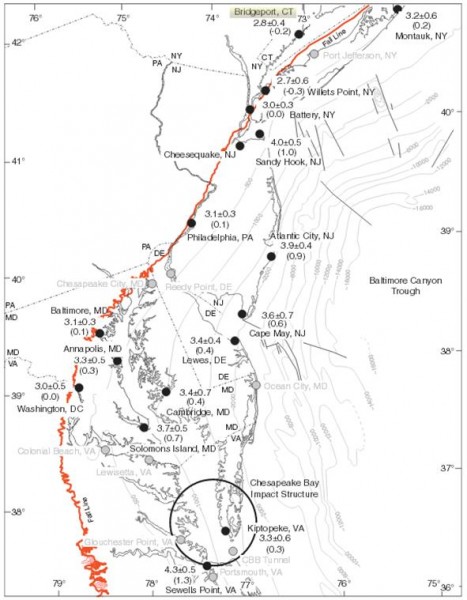
 vel rise in the mid-Atlantic region also results from changes in ocean dynamics. The researchers said sea-level rise could be higher -- 2.3 feet by mid-century and 5.9 feet by the end of the century -- depending on how sensitive the Gulf Stream is to warming and how fast the ice sheets melt in response to that warming.
vel rise in the mid-Atlantic region also results from changes in ocean dynamics. The researchers said sea-level rise could be higher -- 2.3 feet by mid-century and 5.9 feet by the end of the century -- depending on how sensitive the Gulf Stream is to warming and how fast the ice sheets melt in response to that warming.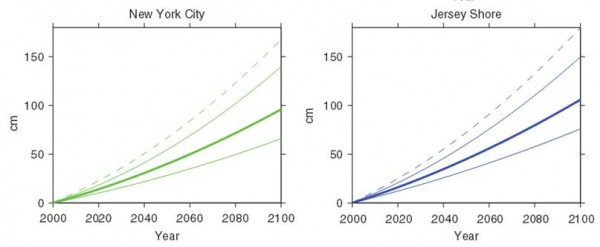 c organization representing more than 62,000 members in 144 countries.
c organization representing more than 62,000 members in 144 countries.